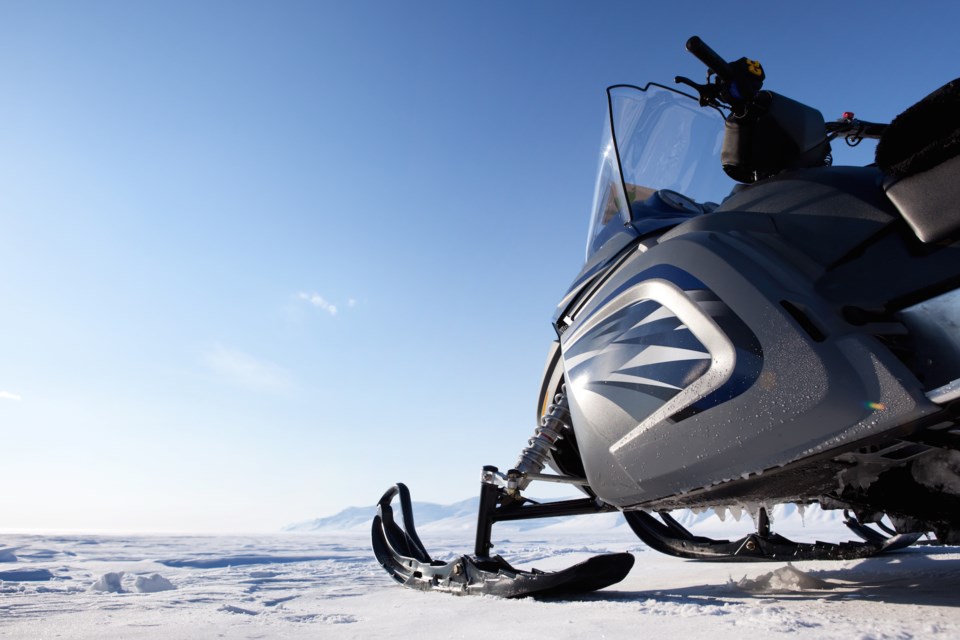Greater Sudbury Police sent out a message Monday reminding Sudbury snowmobile enthusiasts to take care when travelling on ice.
There have been a number of snowmobiles and side-by-side vehicles that have gone through the ice in the past week, including an incident on McCharles Lake on Dec. 31 where a man had to be taken to hospital after spending roughly 30 minutes in the frigid water.
"There was a serious incident on McCharles Lake where a snowmobiler went through the ice," said Greater Sudbury Fire Services deputy chief Jesse Oshell. "Fortunately there haven't been any other requests for this type of rescue this winter, but we have been made aware of other incidents."
Greater Sudbury Police Services rural unit Cst. Al Burnette said that there have been four reported incidents of people's snow machines going through ice on local lakes, including one on Long Lake, one on a lake north of Capreol and a self-rescue on Panage Lake on Jan. 2.
"It's always a use at your own risk situation, we won't rope anything off but we will put out safety messages and charge riders for careless driving," said Burnette.
Having your snowmachine crash through the ice can land you a careless driving ticket with a fine of up to $325; the expenses tied to retrieving the machine from the water also fall on the owner.
"These tickets for careless driving on a snowmobile are the same as with a car, if you don't pay them the MTO will suspend your license," said Burnette.
The city's fire department responds to anywhere between six to 12 calls for water rescues annually, whether it be a snowmobile going through the ice in the winter, or a boat capsizing on a lake in the summer.
When it comes to the winter water rescues however, Oshell says they're some of the most dangerous calls that his department gets.
"These are highly technical rescues and some of the most dangerous ones we do," Oshell said. "There's always an inherent danger to our responders when you're talking about an ice rescue. We were very fortunate with our last rescue (on McCharles Lake), he was in the water for about half an hour so it was very lucky that we were able to get that call right away."
The GSFS rescue teams train for hundreds of hours every year for these types of rescues, but Oshell says that the less calls of this nature they have to take, the better.
"If you're not 100 per cent sure of the ice conditions, stay off," said Oshell. "With the bouts of warm weather we've been having here, there isn't a lot of ice right now and it's just not ideal. Be mindful when you're out there and if you're in doubt, play it safe."
Burnette echoed Oshell's comments, saying that if the ice conditions aren't up to standards, don't risk it.
"You need at least five inches of good ice to hold a snowmobile," said Burnette. "If you're taking a truck out there, you need closer to 10 to 12 inches of ice. White ice is not good and you should avoid ice where currents flow underneath; it can look safe but those waterways can have air pockets and thin spots on the ice."
Other safety tips provided by the GSPS include carrying ice picks with you just in case you do go through some ice, having a floater suit to keep you from going under water and always have a planned route before you head out.
"Always tell someone where you're going," said Burnette.
